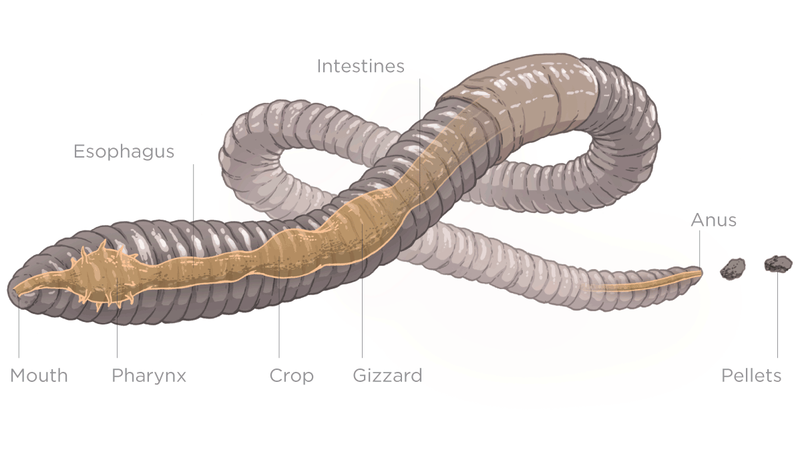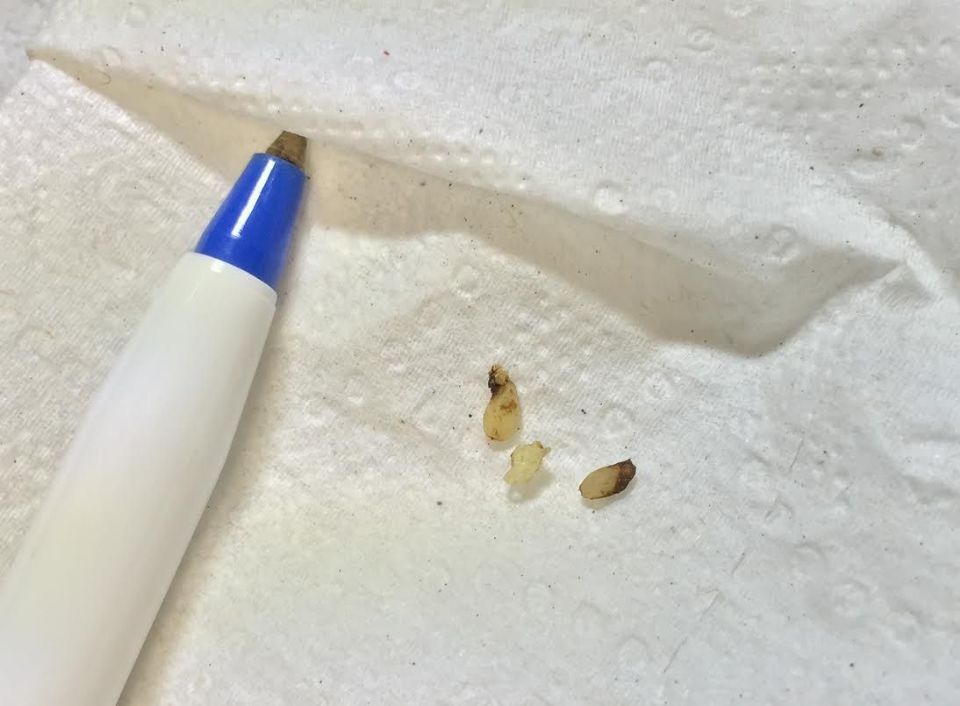
Stomach worms: Stomach worms are transmitted through the vomit of an infected cat, and they’re most common in free-roaming cats or those from multi-cat households. Cats infected with whipworms may show signs of weight loss, digestive or intestinal issues, and bloody diarrhea. Whipworm eggs can survive in the environment for up to 5 years, take 11 weeks to mature in the body and can survive in the host for up to 16 months. These parasites are contracted when a cat ingests anything containing their eggs, which may be found in food, water, soil, infected feces, and animal flesh. Whipworms: Whipworm infections in cats can be serious, but are thankfully rare in North America. Fortunately, lungworm is relatively uncommon. Lungworms often go undiagnosed because the symptoms-in the form of respiratory problems-are similar to those caused by other conditions like bronchitis or pneumonia. Lungworms are expelled either by being coughed up or passed through your cat’s feces. Once the larvae make their way through your cat’s intestines, they travel to the lungs where they develop into adult worms and lay their eggs. Lungworm: Lungworms are contracted when a cat drinks contaminated water or hunts and consumes birds or rodents infested with lungworm larvae. Unfortunately there is no cure for heartworm in cats, so monthly preventatives are the only form of protection. They’re transmitted through the bite of infected mosquitos. Heartworm: Heartworms are potentially deadly parasites that infest the heart, blood vessels and lungs. Hookworms are not often visible to the naked eye, but because anemia is a primary symptom, you may notice signs such as pale gums/nose, and lack of energy. Fortunately, this type of parasite is less common in cats than other types of worms. Hookworms are the most harmful of the internal parasites because of the possibility of intestinal bleeding. The larvae first make their way to the lungs before settling in the intestines, where they grow into adult worms. Cats contract hookworms either by ingesting them directly, from larvae that penetrate their skin, or while still in utero from their mother.

Hookworm: These small internal parasites get their name from the hook-like teeth they use to attach themselves to the lining of the intestine, where they feed off your cat’s blood. You may be able to spot them in your cat’s feces or on the fur near the anus, but in some cases they are passed sporadically, meaning they may not always be found during a fecal examination Pieces of the worm then break off and are expelled through the feces. The worm will only come to maturity inside the intestine. Your cat may contract tapeworms by ingesting a flea infested with tapeworm eggs, either while grooming themselves or by eating an infested bird or rodent.

Tapeworm: Tapeworms, another internal parasite, are flat and ribbon-like inside the intestine, but segments of the worms can resemble small grains of rice or sesame seeds in your cat's stool. On occasion, you may be able to see the roundworms moving around in your cat’s poop or vomit.

The worms then produce eggs, which are eliminated through the feces. They steal nutrients from the food your cat ingests. Roundworms measure anywhere between three to five inches long and look like spaghetti noodles. Roundworm: These are the most common intestinal parasites found in cats they’re also visible to the naked eye. Here’s a list of the most common worms found in felines:


 0 kommentar(er)
0 kommentar(er)
